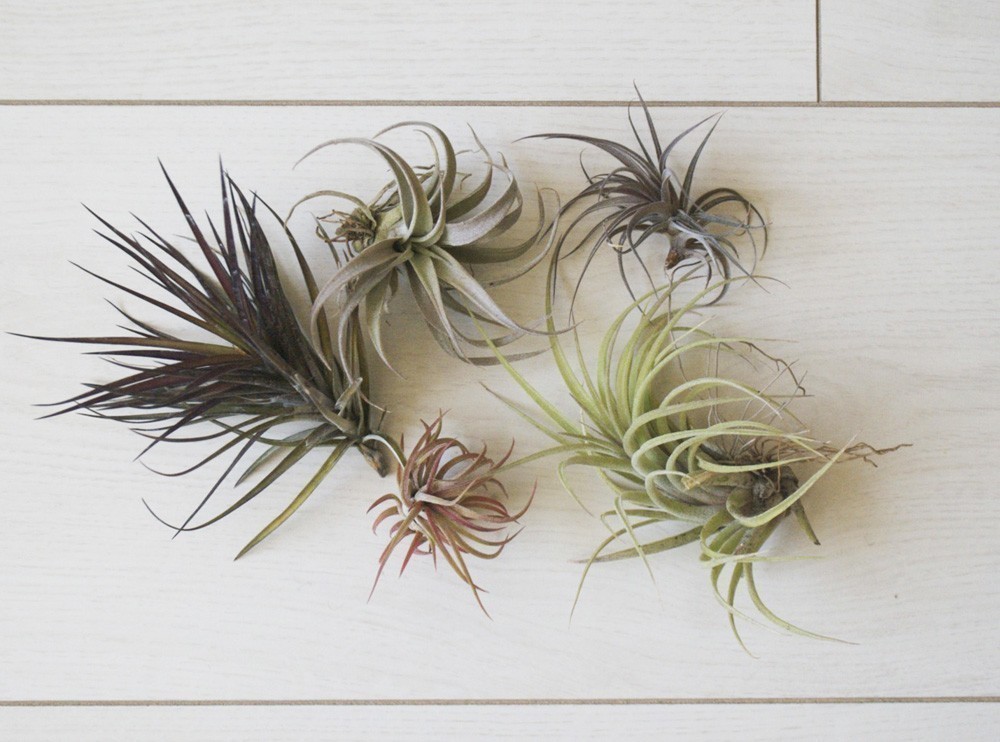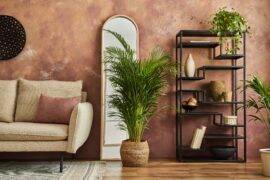Air plants are popular in today’s houseplant-rich world precisely because they are so low-maintenance. Since they get what they need from air, water and light (rather than soil), you don’t have to plant them. No need for soil=many fun display possibilities! Containers such as bowls, pods and terrariums are popular perches for air plants. Yet they do require care, and despite what their name might imply, they need more than air to survive. Let’s take a closer look at how to care for air plants… [air plants below from BL Industries]
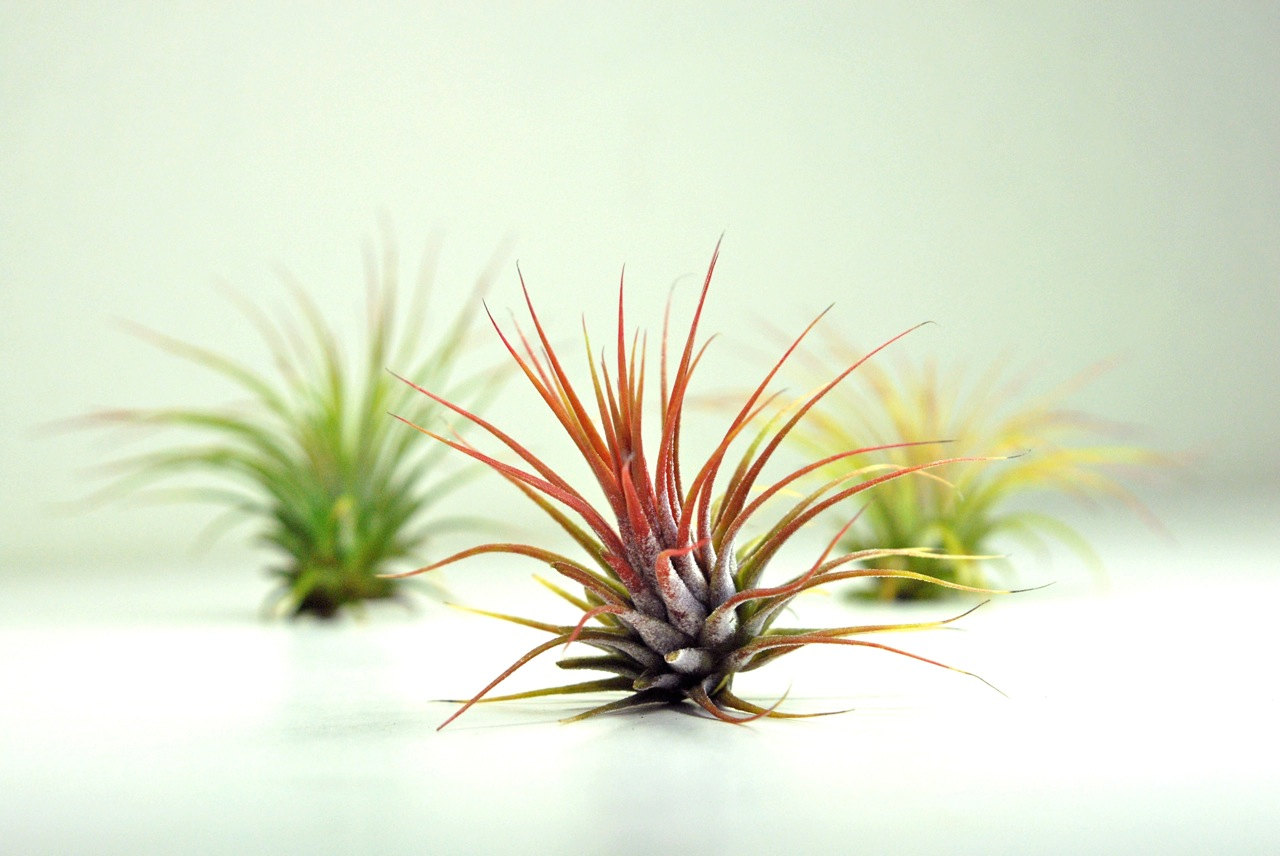
Watering Your Air Plants
To truly thrive, air plants need a couple of basics: bright, indirect sunlight and regular water. But there’s a little more to it than that! [air plant from Dave’s Air Plant Corner]
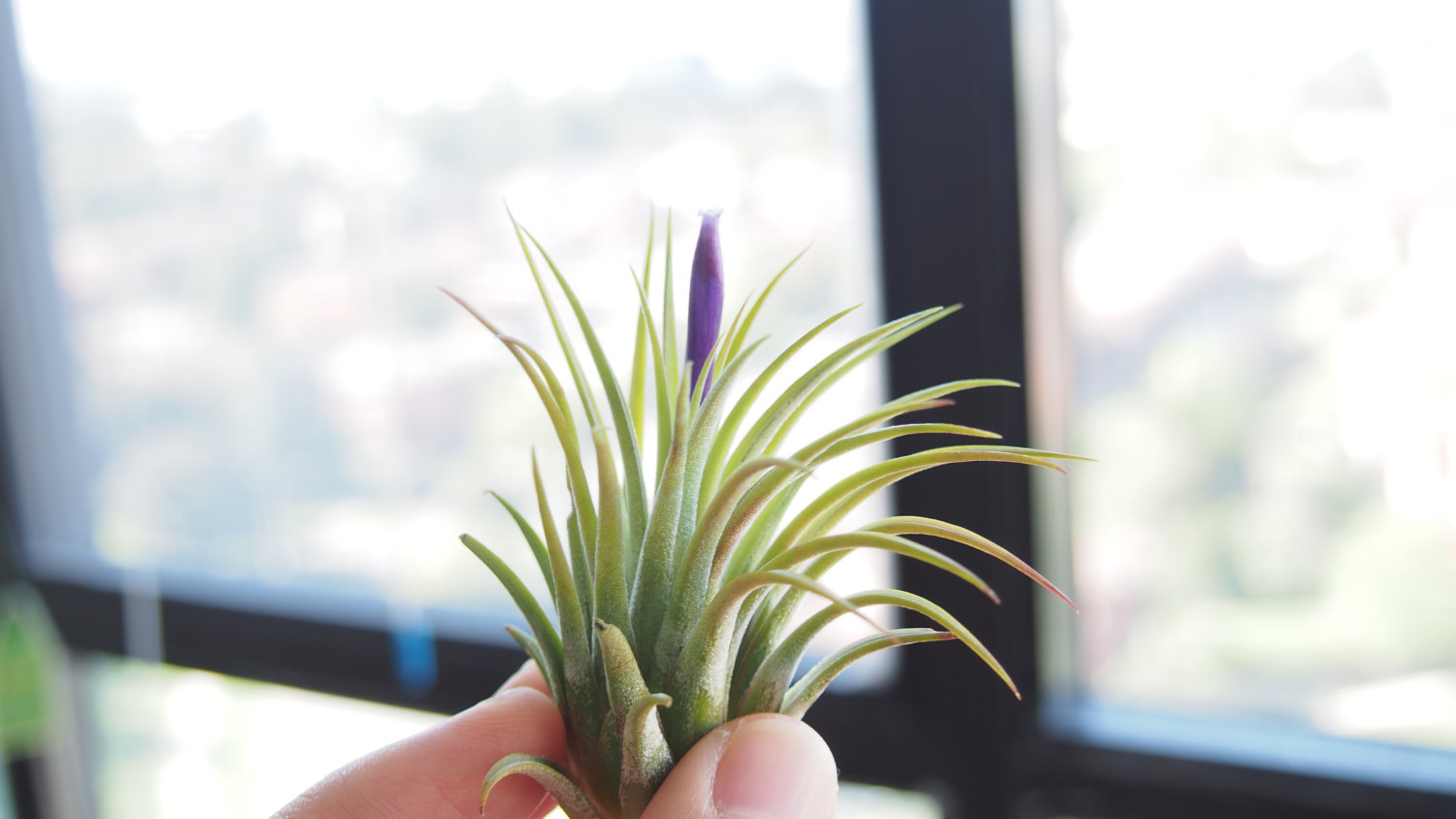
If the leaves of your air plant are starting to curl, chances are it’s needing water. Let’s start with hydration. Soaking air plants in a container of water at least once a week is key. Is the air dry where you live? You may need to soak your plants 2-3 times per week. If the weather is humid, you have more leeway. [photo from Air Plant Design Studio]
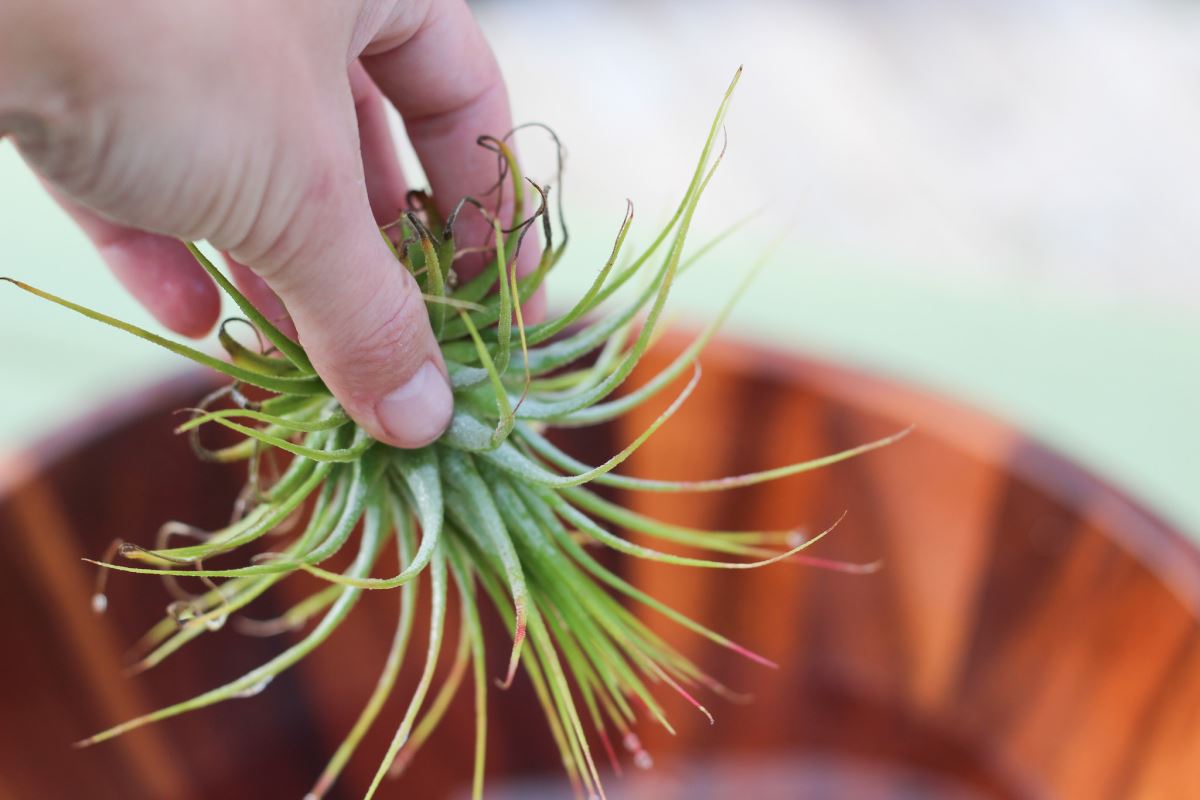
While some air plants do well with long rinses under the faucet, try soaking your air plants for 15-20 minutes once per week. Recommended soaking times vary, as some suggest soaking for as little as 10 minutes and other suggestions are for up to one hour of soaking. [photo from A Beautiful Mess]
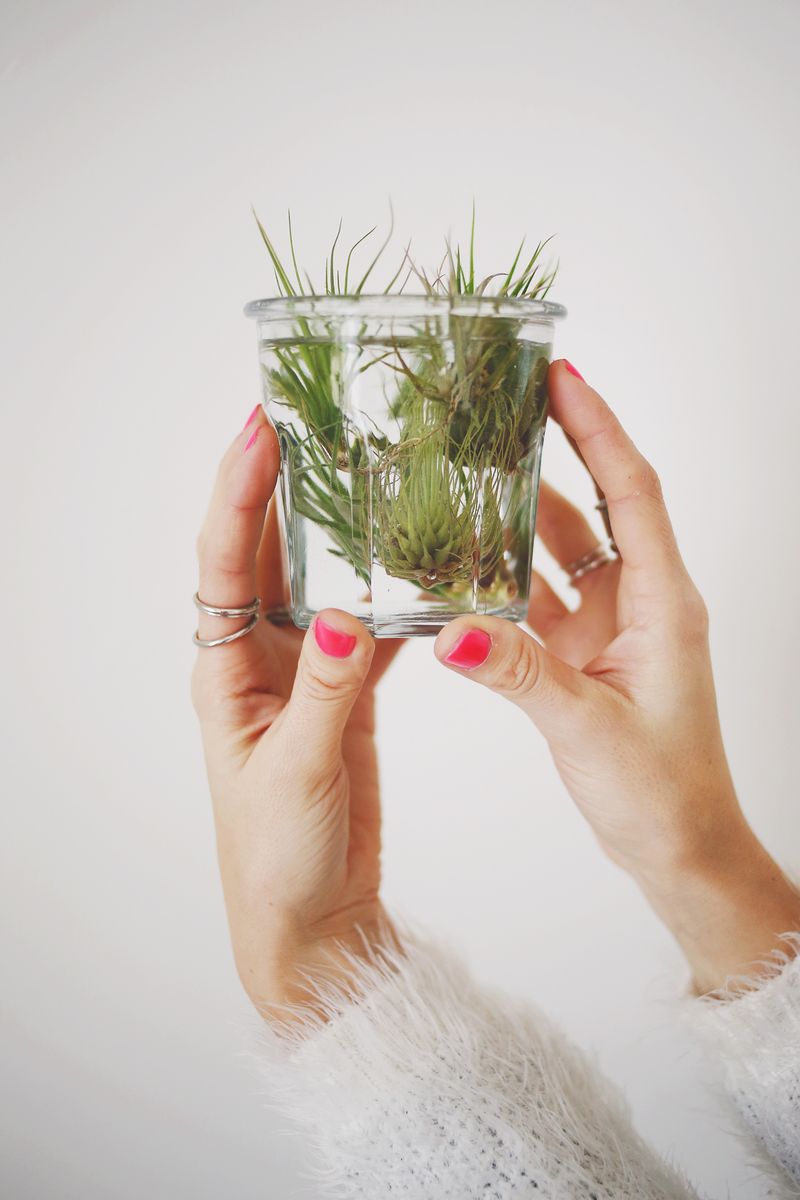
How does one make sense of these different recommendations? Let your plants guide you! You may notice that some of your air plants seem more sensitive to dehydration than others. For example, you may forget to soak one week and note that a couple of the plants are very hardy, while others are not holding up well. Or it may become clear that the leaves of some air plants curl even when watered once a week. [photo from Retro Den]
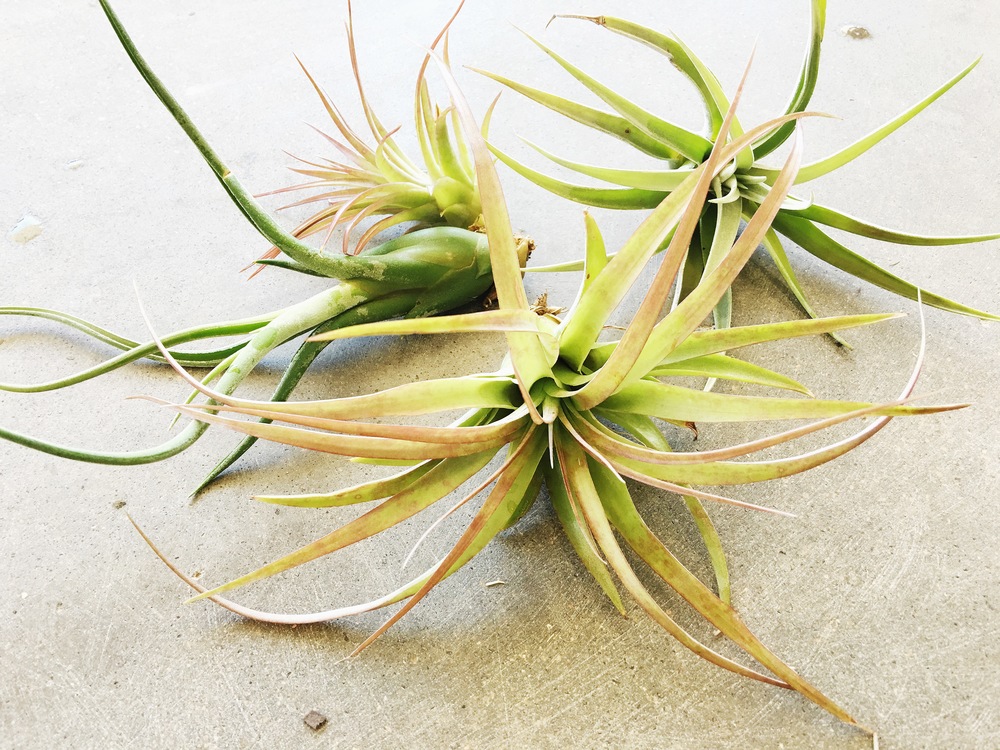
Fairview Greenhouses & Garden Center also notes that plants in full bloom should be rinsed rather than soaked, with special care given to avoid putting the flowers directly under the running water. [photo from Fairview Greenhouses & Garden Center]
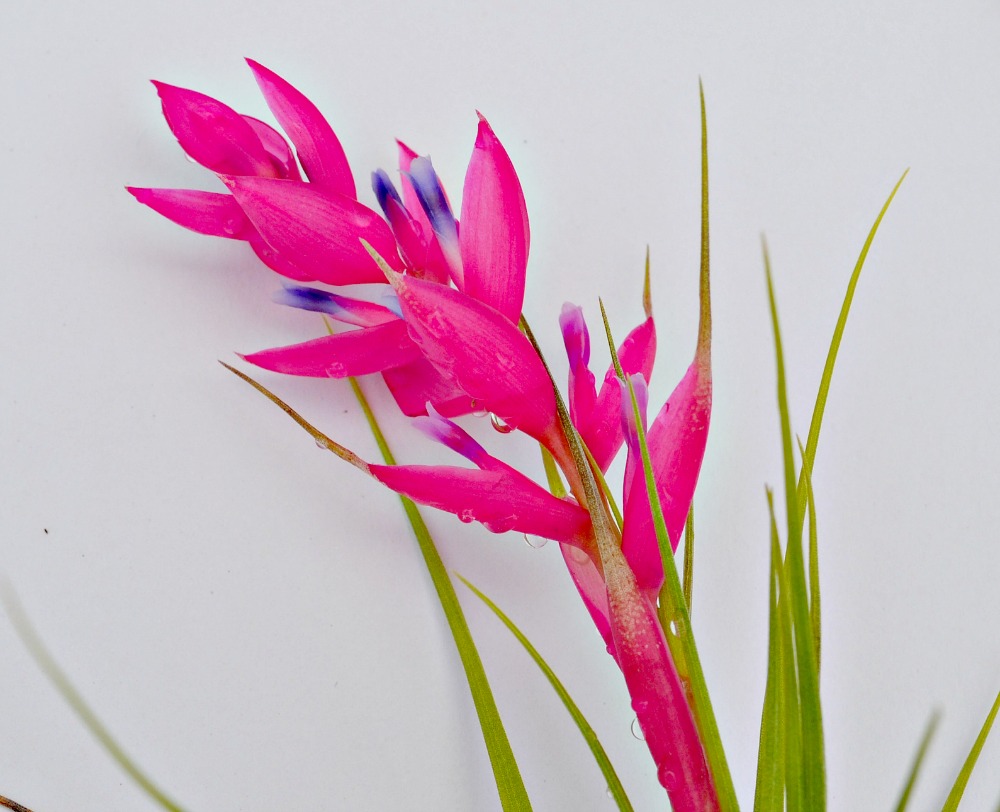
The bottom line: water your plants as needed. If you have several (or many) air plants and they seem to have different watering requirements, you may have one group of plants that you soak once a week and another group of plants that are soaked twice a week. Your plants will let you know what they need. All you have to do is pay attention! [assortment of air plants from Air Plant Design Studio]
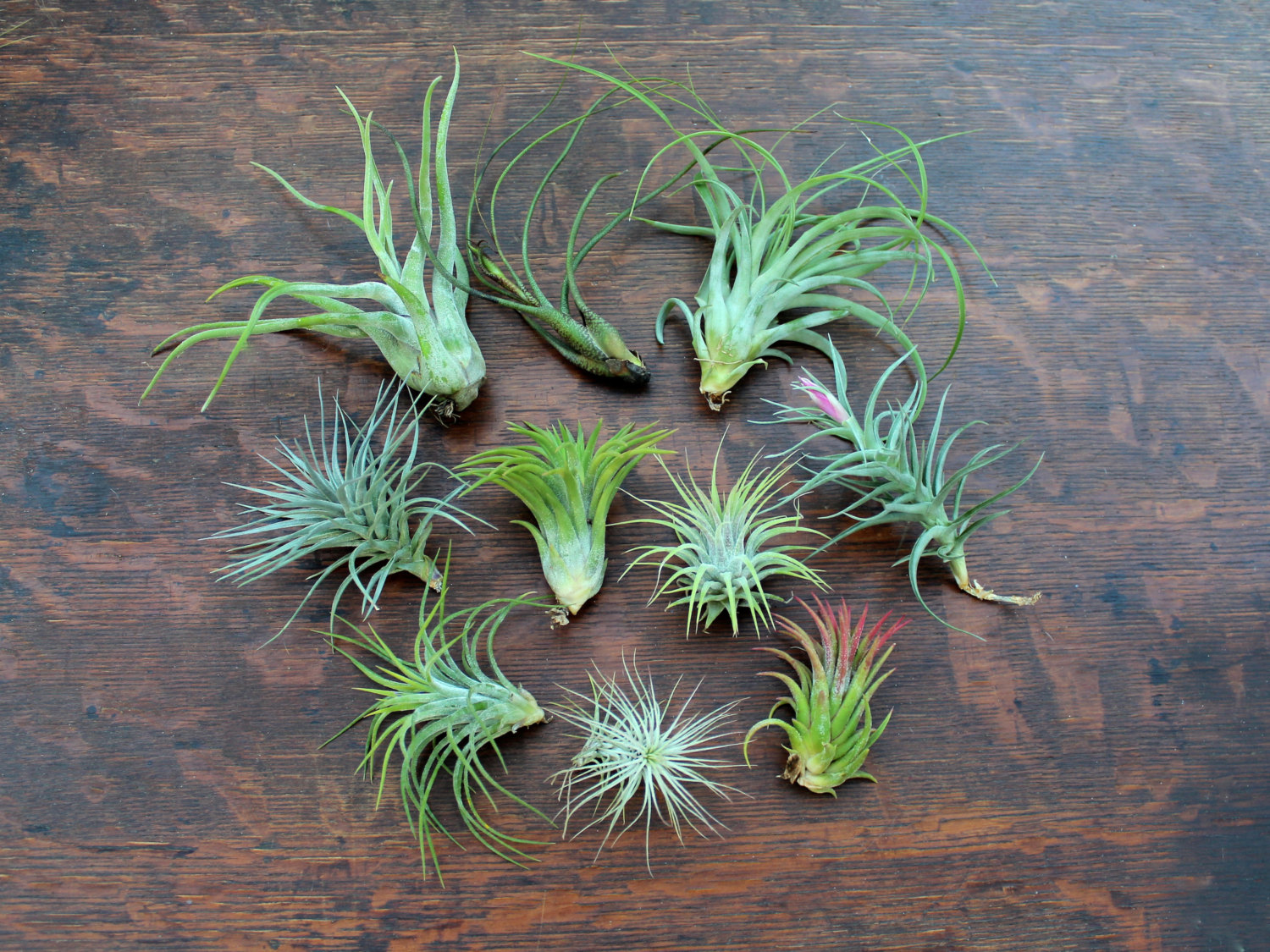
Some air plant experts even recommend giving your plants a thorough soaking (2 hours) every 2-3 weeks in addition to regular watering. [photo from Rodale’s Organic Life]
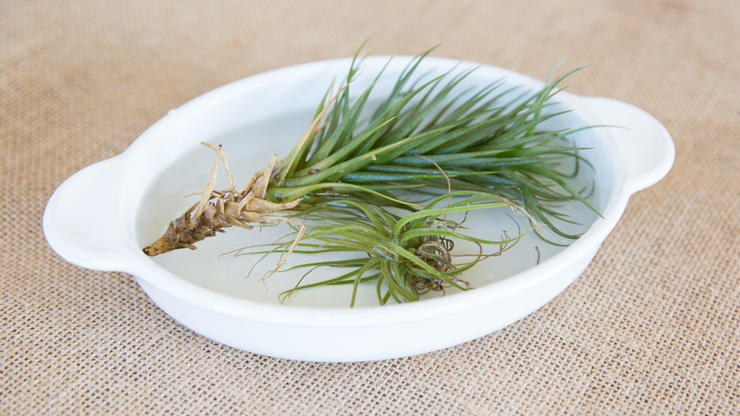
Regardless of soaking time and frequency, when the plants are finished with their soak, remove them from the container and gently shake them to eliminate excess water. You will also want to let them dry out for a few hours before returning them to their home. Adequate drying prevents water from collecting in the plant’s bulbous areas, which can cause root rot. It goes without saying that air plants should never be left on display in standing water. [mini air plant holder from Jechory Glass Designs]
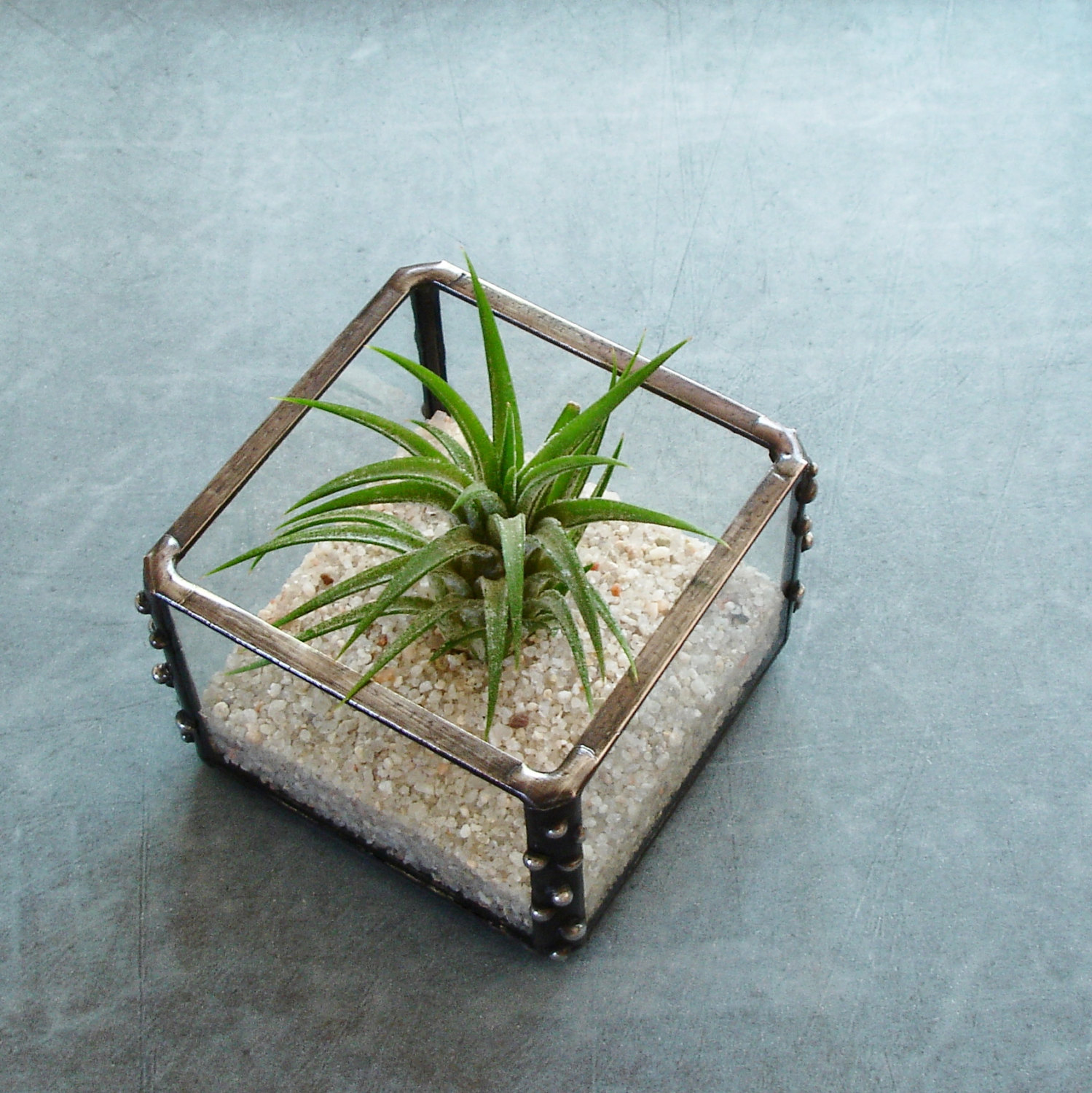
Note that setting air plants out on a towel can be helpful when it comes to “airing” them out! [photo from Periwinkle Flowers]
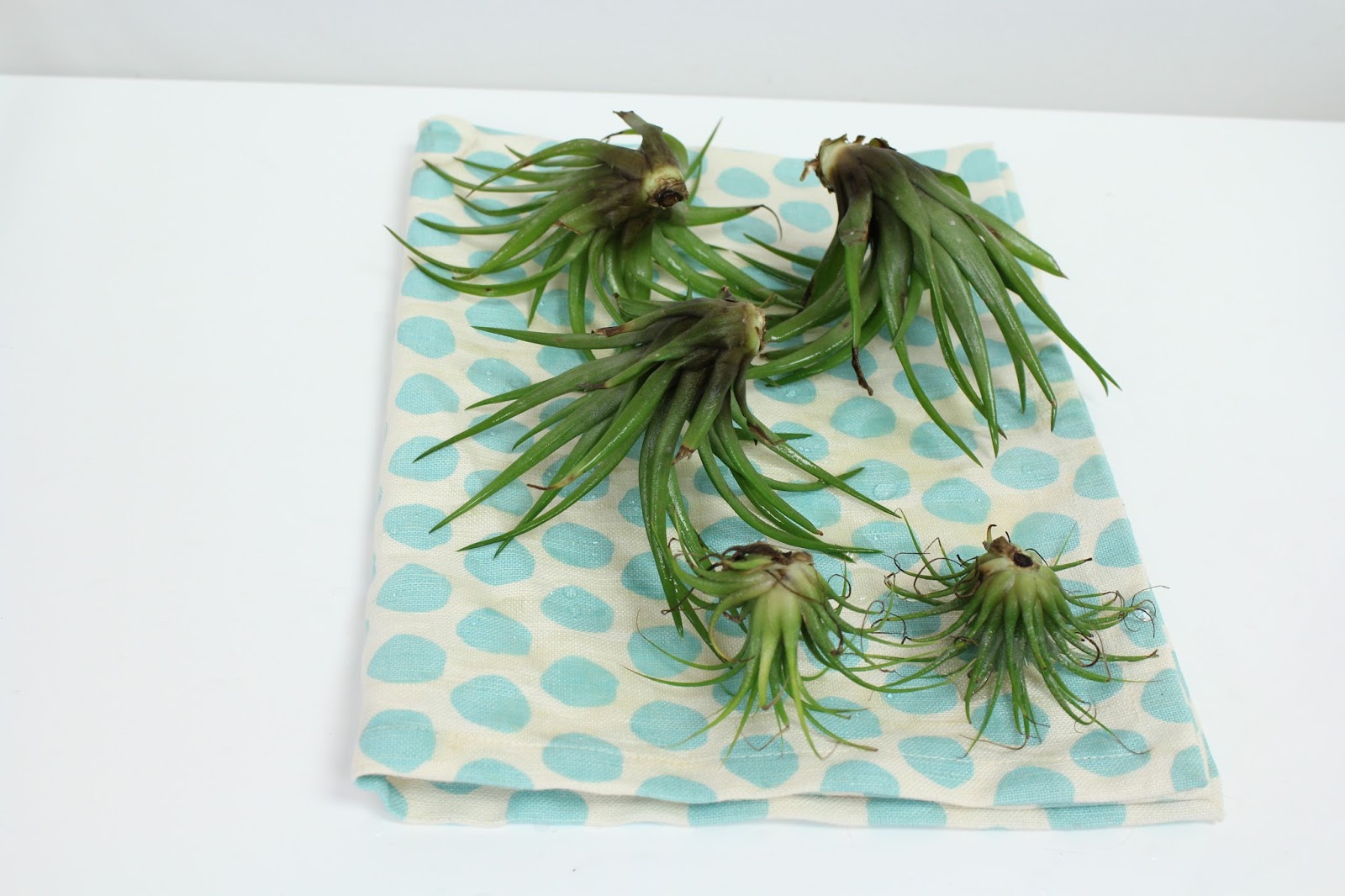
If your air plants are needing an extra boost, you can mist them with a spray bottle in between soakings. Misting is key for air plants that are in direct lighting for a period of time each day. [air plant mister from The Zen Succulent]
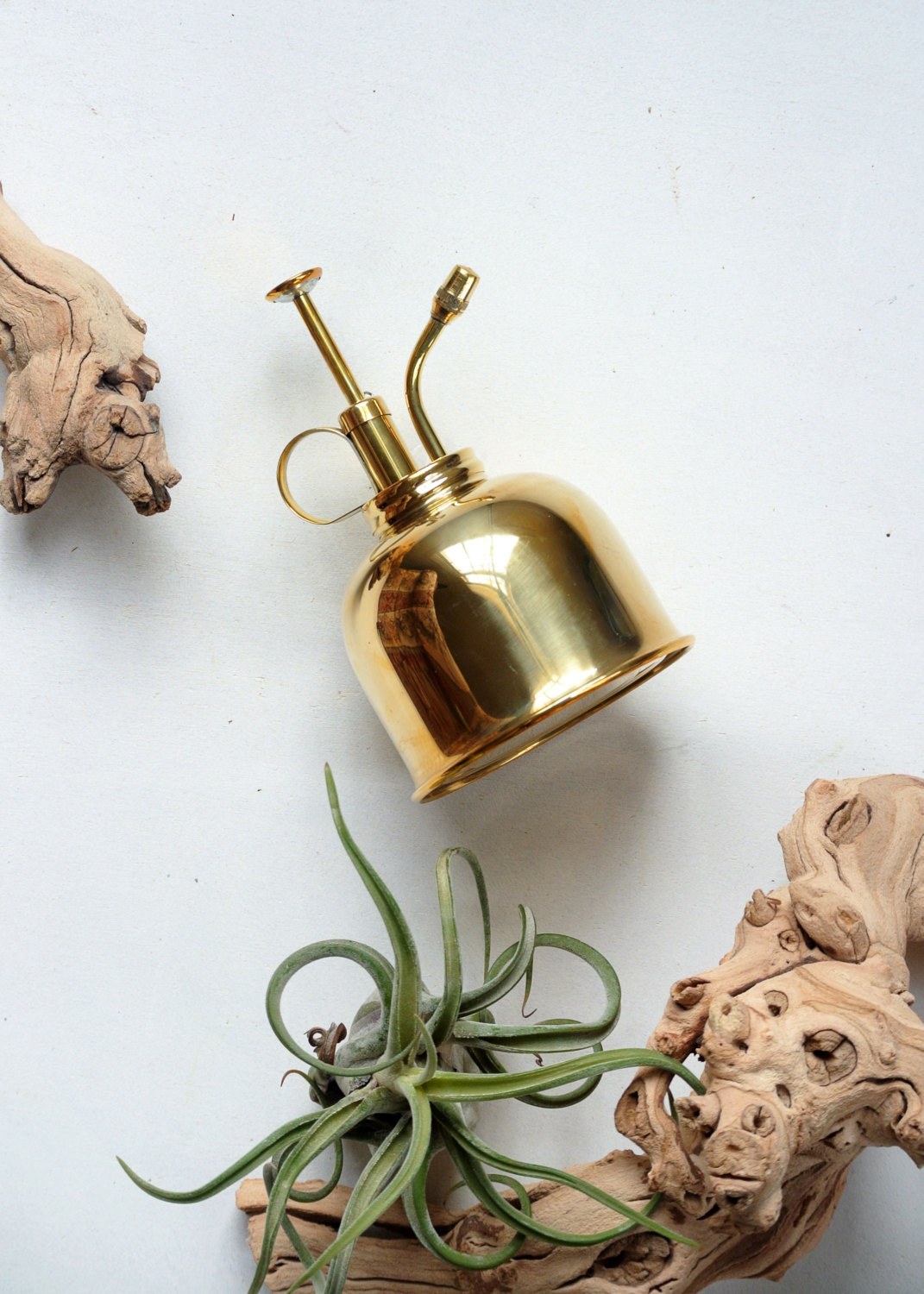
Also note that while you don’t have to fertilize your air plants for them to grow, you can do so if you wish. Some recommend a Bromeliad fertilizer, while others suggest using a fertilizer especially formulated for air plants. Consult an expert for advice on how often to fertilize your air plant should you decide to provide extra nourishment.
Lighting and Temperature
Now that you’ve learned about watering your air plant, let’s talk about lighting. Air plants aren’t fans of direct sunlight, so keep them out of windows that receive intense sunshine. Bright, indirect lighting is best. [painted air plants from Beautiful Air Plants]
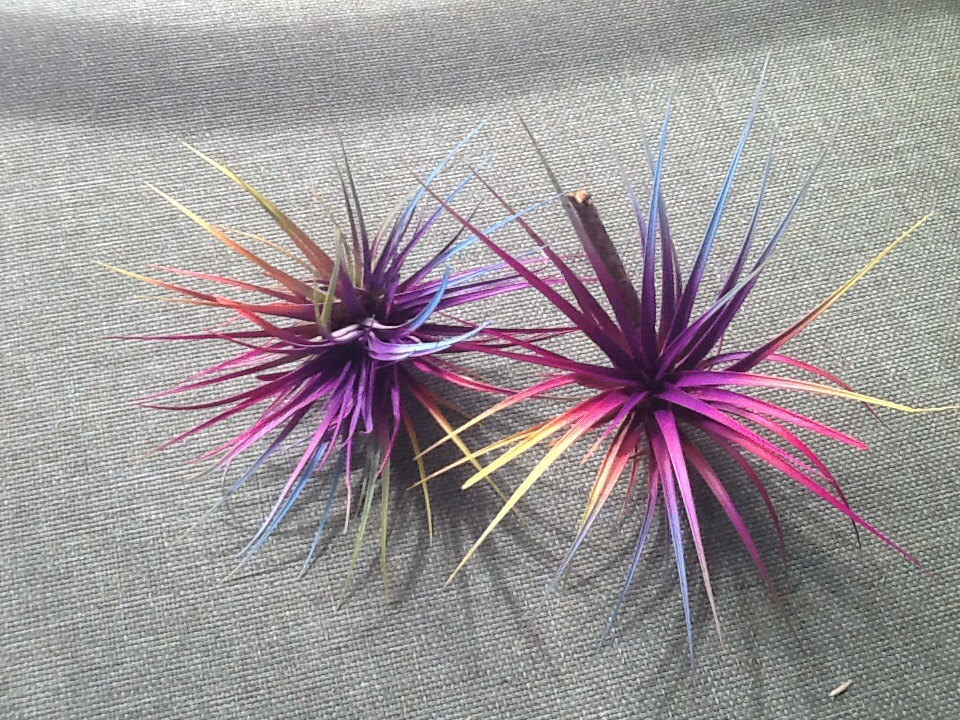
Air plants can also benefit from fluorescent home lighting, so don’t lose heart if your dwelling isn’t filled with natural lighting. [Ionantha Fuego air plants from Hello Concrete]
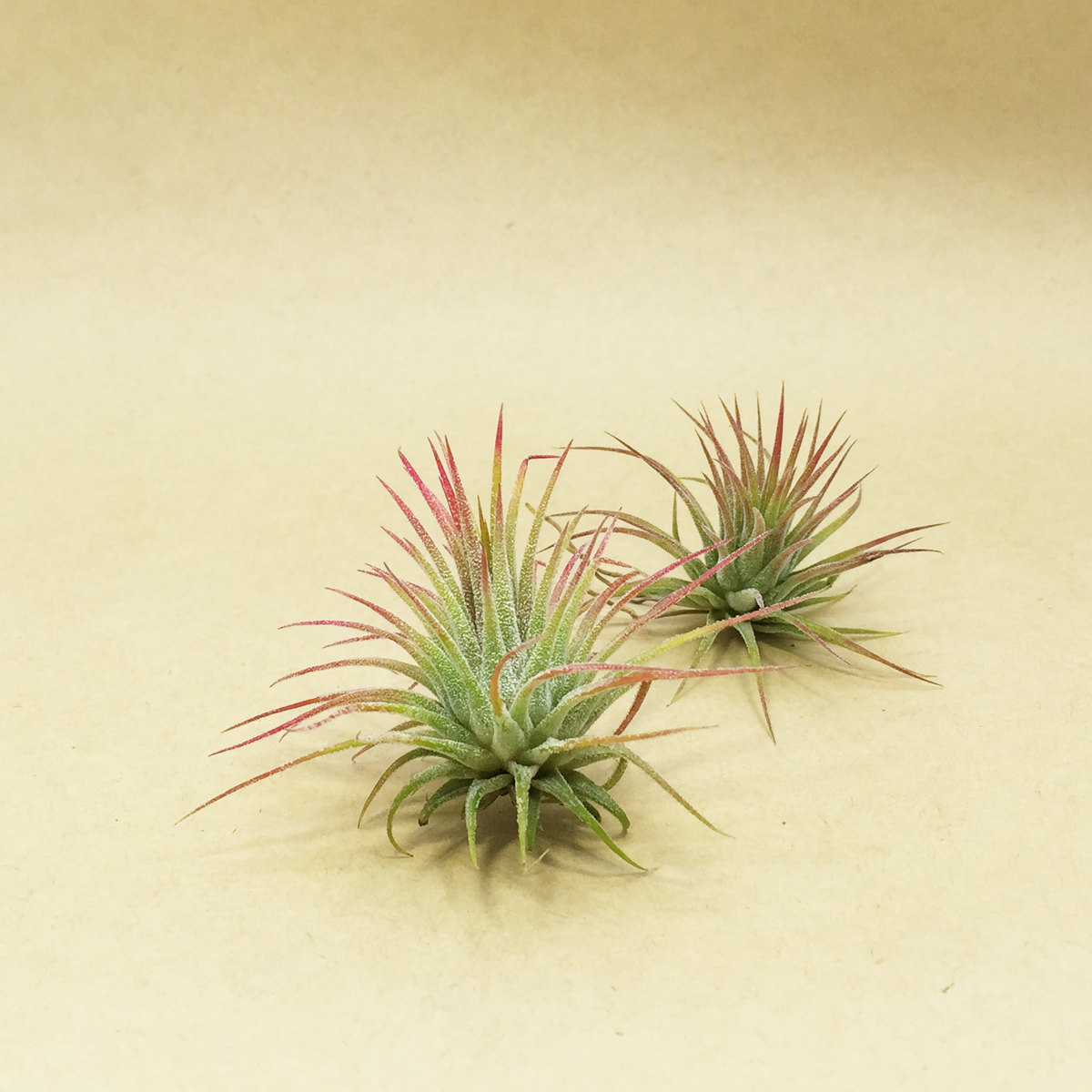
Can you display your air plants outdoors? Yes, especially if they’re kept out of direct sunlight. They also prefer temperatures between 50 and 90 degrees, so be prepared to move them indoors at particularly hot or chilly times of the year. [photo from The Paris Market]
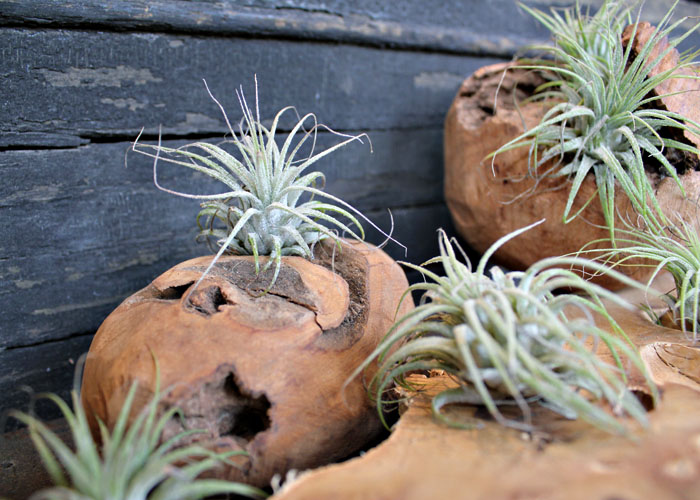
Air Plant Grooming
Your air plant’s appearance may change over time. For one thing, the tips may turn brown, or leaves may dry out. Don’t hesitate to snip those tips or gently pull off dried leaves! [photo from Fairview Greenhouses & Garden Center]
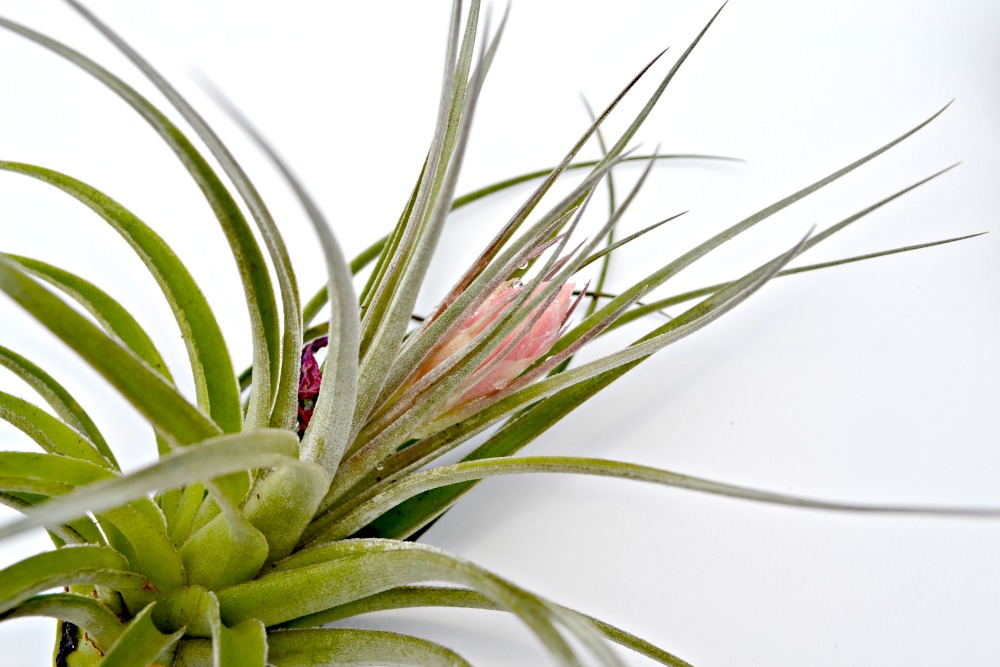
Not to mention, your air plant may sprout offshoots called pups. Can you remove pups from the plant? Yes, but resist doing so until the pup is 1/3 the size of the parent plant. [air plant pup from EarthSeaWarrior]
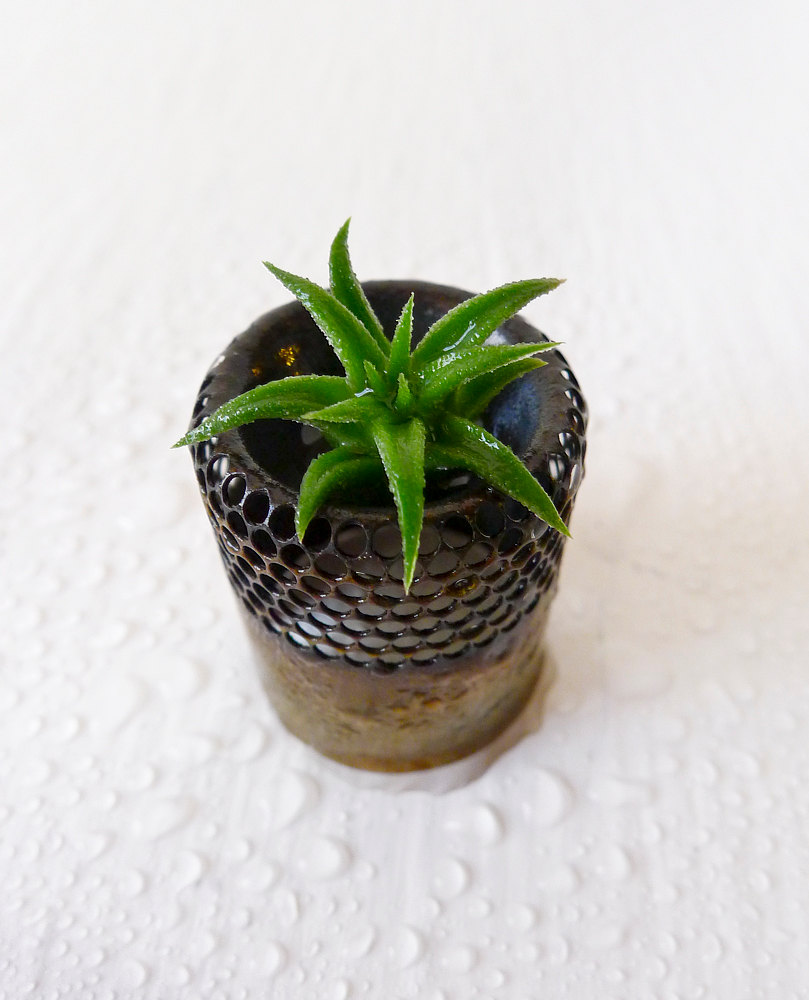
When it’s time to remove the pup, gently twist and/or pull while holding both the parent plant and the pup. And then there were two! [photo from Paper Raindrops]
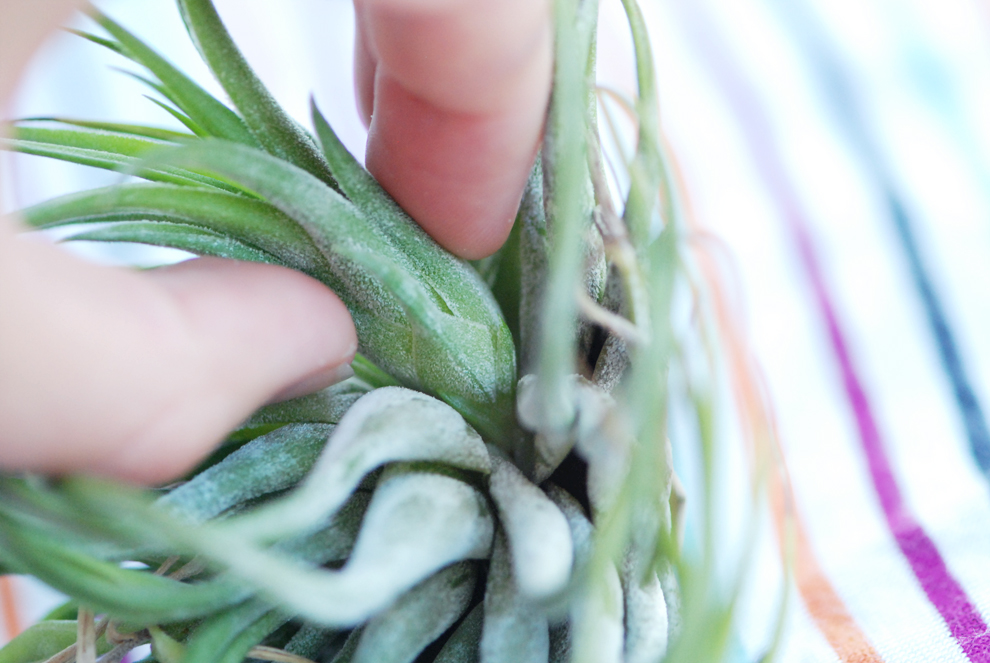
Displaying Your Air Plants
One of the main reasons we love air plants: the fact that you can display them in virtually any container! Hanging air plant planters are becoming an increasingly popular option. [hanging air plant cradle from mudpuppy]

Not to mention, many air plants are mounted by their base onto objects such as quartz crystals with the help of glue. Choose an option that works for you and display your plant proudly! [air plants on quartz crystals from Falcon and Finch]
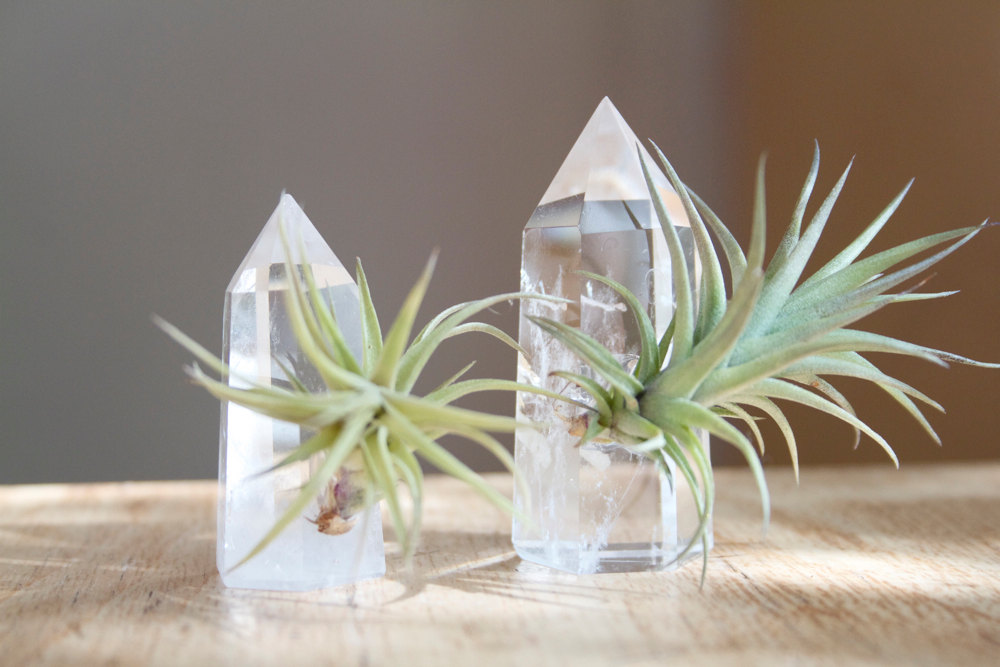
Are you ready to introduce an air plant (or three) into your home? With a little bit of care, your plants will reward you with a lot of style! [photo from toHOLD via California Home & Design]
